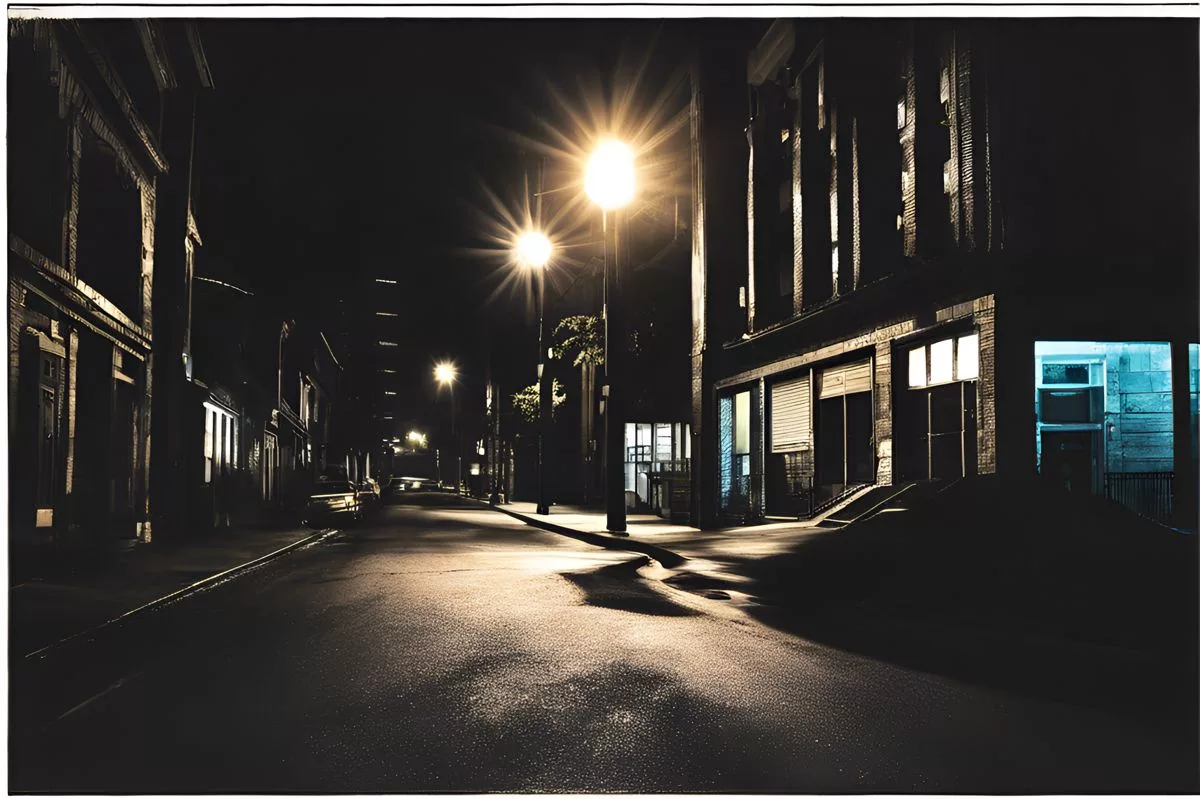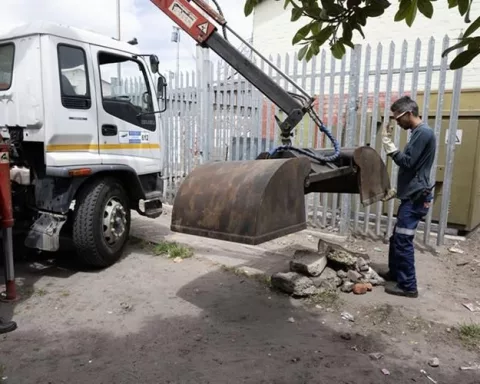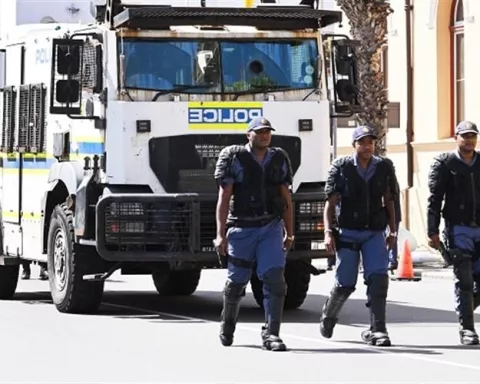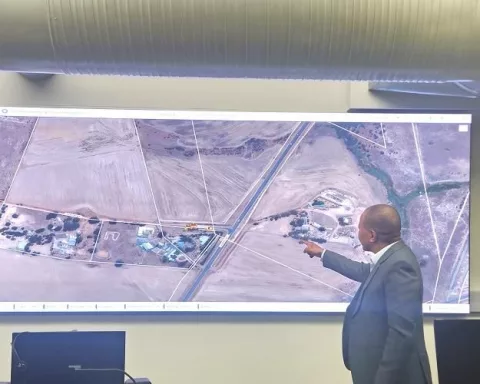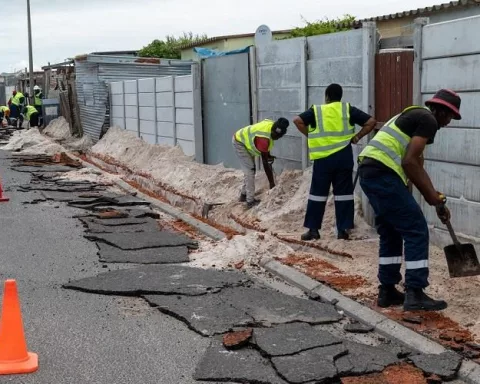Streetlighting is a vital part of our cities, making them safer and more inviting at night. These bright lights help prevent crime and accidents, creating a sense of security for everyone. With new technologies like LED lights, streetlights are also becoming more energy-efficient, which is great for the environment. Recent city efforts to fix over 5,500 streetlight issues show a commitment to improving urban spaces and getting communities involved in keeping them bright and safe. As cities grow, streetlights will keep evolving, lighting the way to a brighter, safer future for all.
What is the importance of streetlighting in urban areas?
Streetlighting is crucial for urban safety and aesthetics. It deters crime, reduces traffic accidents, and enhances the overall atmosphere of city environments. With advancements like LED technology, streetlights also promote energy efficiency, contributing to sustainability in modern urban planning.
A Guiding Light in Urban Landscapes
Streetlights, often overlooked yet vital components of our urban environments, stand as beacons in the modern cityscape. They illuminate the paths we traverse at night, ensuring both safety and aesthetic appeal. In the hustle and bustle of city life, these structures silently serve a crucial purpose, creating a secure and welcoming atmosphere for residents and visitors alike. The City’s recent initiative to address an impressive 5,562 streetlight-related requests from September 11 to 24, 2024, underscores a significant commitment to urban infrastructure, tackling issues such as theft, vandalism, and illegal power connections.
Streetlighting owes its origins to the Industrial Revolution, a transformative period that revolutionized urban living. The invention of the incandescent light bulb by Thomas Edison, followed by the development of electric power distribution, set the stage for the modern streetlighting systems we rely on today. These innovations have seamlessly integrated into urban planning, enhancing public safety and shaping the character of city environments.
The recent efforts by dedicated teams across various city regions showcase a commitment to maintaining and improving urban infrastructure. In Area South, 2,722 requests were successfully addressed, while Area North saw the resolution of 1,280 issues. Meanwhile, Area East managed to tackle 1,534 streetlight concerns. This extensive undertaking highlights not only a dedication to infrastructure maintenance but also an insightful approach to urban resilience and sustainability. The repairs form part of a broader strategy that emphasizes improving service delivery while addressing the ongoing challenges of vandalism and theft.
Enhancing Urban Safety Through Streetlighting
Streetlights play an indispensable role in enhancing urban safety. Well-lit areas deter criminal activities, reduce traffic accidents, and instill a sense of security among residents. In cities where crime rates can be particularly alarming, the presence of streetlights acts as a crucial deterrent. Historical data consistently correlates improved streetlighting with reduced crime rates, underscoring the importance of initiatives like the City’s recent undertaking.
Alderman Xanthea Limberg, the City’s Mayoral Committee Member for Energy, has emphasized the significance of community involvement in this streetlighting initiative. Her rallying call, “Let’s ACT: Protect Your Power,” highlights a critical aspect of urban governance—active citizen engagement. The success of public infrastructure projects often hinges on the active participation of residents. By encouraging citizens to report suspicious activities, the City fosters a collaborative approach to urban management, turning community members into proactive stakeholders in ensuring their environment’s safety and functionality.
The challenges of theft and vandalism extend beyond this City, presenting global issues that urban centers worldwide contend with. The economic and social repercussions are profound, impacting municipal budgets and residents’ quality of life. From the notorious gaslight gangs of Victorian London to modern metal thieves, each historical instance emphasizes the need for effective solutions and community cooperation.
The Art and Science of Streetlighting
Streetlighting is not only about functionality; there’s an artistry involved in its design and deployment. Over the years, movements like Art Deco and Modernism have influenced the aesthetic aspects of urban lighting. These movements have seamlessly melded artistic expression with practical utility, creating streetlights that are both functional and visually appealing. Today, while the primary role of streetlights is to provide illumination, their design often incorporates elements that enhance the aesthetic appeal of urban spaces.
Beyond aesthetics, streetlighting is crucial for environmental sustainability. The evolution from incandescent bulbs to LED lighting marks a significant leap in energy efficiency and environmental consciousness. LEDs consume less power, boast longer lifespans, and significantly reduce the carbon footprint of cities. This transition aligns with global efforts to combat climate change, illustrating the intersection of technology, urban planning, and environmental science.
By addressing over 5,562 streetlight-related requests, the City not only improves immediate service delivery but contributes to broader societal goals. This initiative exemplifies a proactive approach to urban management, recognizing the multifaceted role of streetlighting in contemporary society. Enhancing the efficiency and effectiveness of streetlighting systems sets a precedent for other urban centers striving to balance infrastructure demands with environmental and social responsibilities.
The Future of Urban Streetlighting
The narrative of streetlight maintenance extends beyond mere repairs and resolutions; it reflects the complexities inherent in urban life. It embodies both the challenges and triumphs of modern cities striving for sustainability, safety, and community engagement. As cities continue to evolve, the lessons learned from these efforts will inform future endeavors, ensuring that urban environments remain vibrant, safe, and sustainable for future generations.
Looking ahead, streetlights will continue to adapt to the changing needs of urban areas. Advances in technology and design will lead to even more efficient and eco-friendly solutions, further integrating streetlighting into the broader context of smart cities. By continuing to prioritize maintenance, innovation, and community involvement, cities can foster environments where residents feel safe and connected, enhancing the overall quality of urban life.
As we reflect on the role of streetlighting in our lives, it becomes clear that these fixtures do more than light our paths; they symbolize a commitment to creating cities that are both functional and beautiful. Through ongoing efforts and collaboration, urban centers can continue to shine brightly, guiding future generations into a sustainable and secure future.
FAQ: Illuminating the Night: The Impact and Evolution of Streetlighting
What is the importance of streetlighting in urban areas?
Streetlighting is crucial for urban safety and aesthetics. It deters crime, reduces traffic accidents, and enhances the overall atmosphere of city environments. With advancements like LED technology, streetlights also promote energy efficiency, contributing to sustainability in modern urban planning.
How does streetlighting contribute to safety in cities?
Well-lit areas deter criminal activities and reduce traffic accidents, instilling a sense of security among residents. Historical data shows a correlation between improved streetlighting and reduced crime rates, highlighting the vital role streetlights play in urban safety.
What recent initiatives have been taken to address streetlight issues?
The City has recently addressed over 5,562 streetlight-related requests, tackling issues such as theft, vandalism, and illegal power connections. This initiative reflects a commitment to maintaining urban infrastructure and improving service delivery for residents.
How do modern technologies enhance streetlighting?
Modern technologies, particularly the shift to LED lighting, significantly enhance streetlighting by improving energy efficiency, reducing power consumption, and extending the lifespan of bulbs. These advancements contribute to environmental sustainability and align with global efforts to combat climate change.
What role does community involvement play in streetlighting initiatives?
Community involvement is crucial for the success of streetlighting initiatives. Programs like “Let’s ACT: Protect Your Power,” encourage residents to report suspicious activities and participate in urban governance, fostering a collaborative approach to maintaining safe and functional environments.
What does the future hold for urban streetlighting?
The future of urban streetlighting will likely see further advancements in technology and design, leading to more efficient and eco-friendly solutions. As cities evolve, prioritizing maintenance, innovation, and community involvement will ensure urban environments remain vibrant, safe, and sustainable for future generations.

